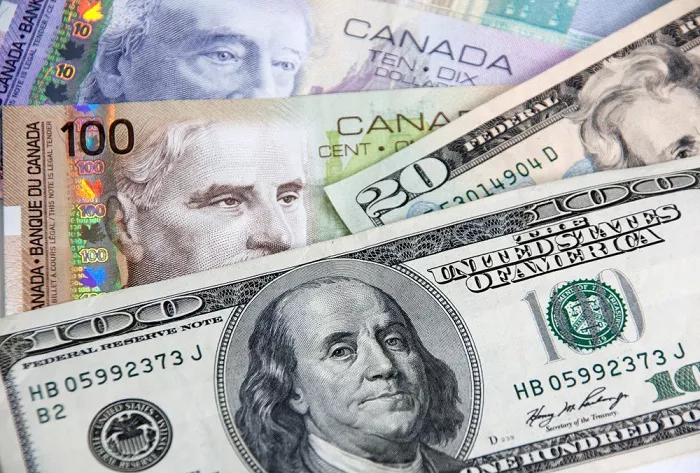In a new escalation of trade tensions, President Donald Trump threatened to impose 25% tariffs on European Union goods, particularly targeting cars and other unspecified products. Trump made the announcement during a cabinet meeting on Wednesday, framing the EU as a long-time adversary that has taken advantage of the U.S. He criticized the bloc for its trade practices, claiming it had harmed the U.S. economy and made it difficult for American products like cars and farm goods to access European markets.
Trump’s remarks reflected his combative stance against the EU, with the president stating, “The European Union was formed in order to screw the United States”. He continued, accusing the bloc of using various trade barriers to restrict U.S. exports and claiming that they “don’t accept our cars” and “farm products.”
The new EU tariffs would mark a further expansion of Trump’s ongoing trade conflict, which already includes Canada, Mexico, and China. In the same session, Trump reiterated that he planned to impose tariffs on Mexico and Canada on April 2, after initially delaying their implementation. This deadline extension follows commitments from the two countries to enhance border controls, particularly in response to issues related to migration and the flow of opioid fentanyl into the U.S.
There was some ambiguity regarding whether Trump’s mention of April 2 referred specifically to the Canada and Mexico tariffs or to a broader reciprocal tariff program involving all U.S. trade partners.
The news caused some volatility in the stock market. Although the Nasdaq Composite rose by 0.2%, the S&P 500 closed flat, and the Dow Jones Industrial Average ended the day 0.4% lower. Trump’s comments about tariffs contributed to market uncertainty, especially in trade-sensitive sectors, as investors absorbed the potential impact of further escalation in the U.S.’s trade wars.
The ongoing tariff threats, particularly with the EU, have continued to dominate the news cycle, with markets now focused on any concrete actions and timelines related to the proposed levies.
Related topics:
Indian Rupee Gains Amid USD Sales and Trade Optimism


